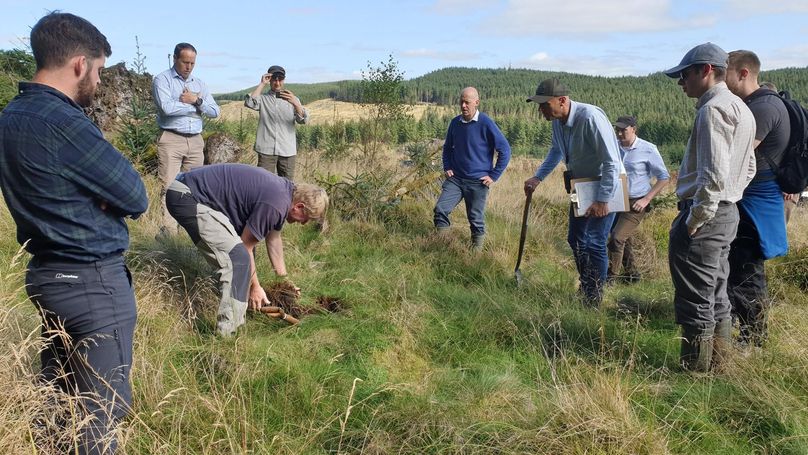This couldn’t come at a more important time in our history, when forests and woodlands need to be managed more ecologically and not just for one purpose, but many. We ultimately need forests for timber, biodiversity, carbon and people, and this requires a deeper understanding of forests as the complex ecosystems that they are.
The course last week provided both theoretical and practical training on how to identify indicator plants and soil types – requiring much digging and debate out in the forest, followed by detailed analysis of what tree species best match various site conditions and management objectives.
By matching species to a site rather than intensively engineering the site to maximise timber yields –
with the unintended consequences this can entail, forestry can better provide the environmental protection and wildlife benefits that it does so well, whilst also producing high-value timber. By definition, more resilient forests are also more likely to endure in good health through the various shocks that we expect to see in the future.
For any forestry professionals out there, I could not recommend the course more highly. For those with restocking or woodland creation projects, don’t hesitate to contact one of our expert forestry team members for advice.
· Natural Capital: Galbraith’s expert advisers guide our clients in realising value in all land uses – by assessing and measuring natural assets, furthering opportunities in biodiversity net gain, and ensuring stakeholders are rewarded fully for their investment in and contribution to delivering ecosystem services and net-zero outcomes
